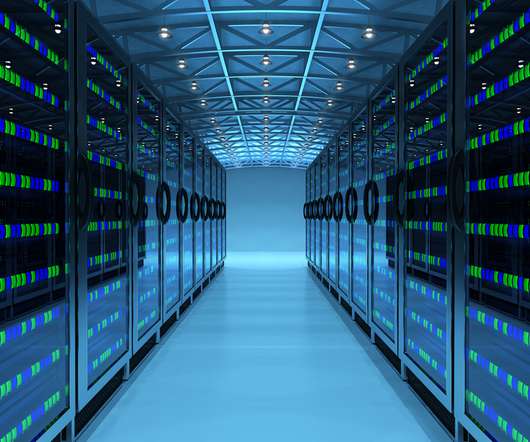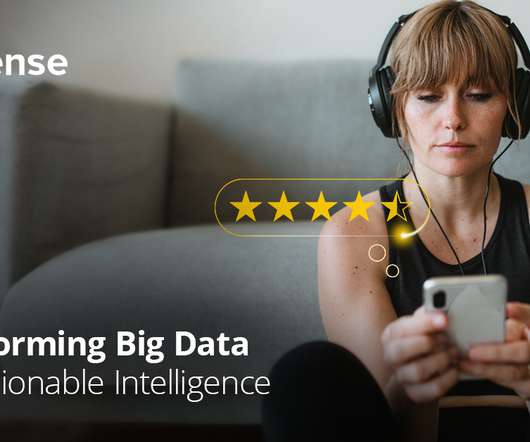Differentiating Between Data Lakes and Data Warehouses
Smart Data Collective
SEPTEMBER 23, 2020
The market for data warehouses is booming. While there is a lot of discussion about the merits of data warehouses, not enough discussion centers around data lakes. We talked about enterprise data warehouses in the past, so let’s contrast them with data lakes. Data Warehouse.















Let's personalize your content